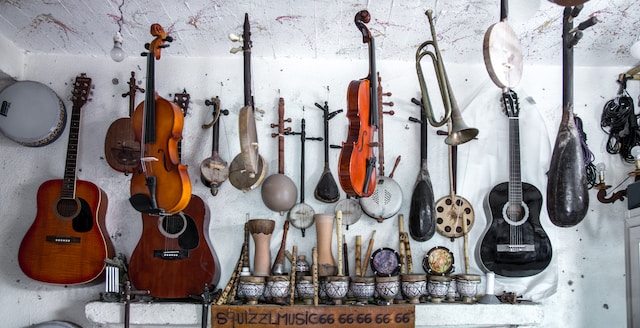Of course, the musical was not originally a film genre. It originated on the theatrical stage, and only later, with the advent of sound films, did it make it to the screen. Music has always been used in theatrical performances, and has been sung in the theater since ancient times. But in its modern form, the musical, as we imagine it – a light genre, a large number of costumes, beautiful scenery, a dramatic story told through songs, simple, more popular music compared with opera – appeared in the 19th century. Its pioneers in America are considered Gilbert and Sullivan.
At the time, their works were called comic operas. Three of the most famous are Her Majesty’s Ship Pinafore, The Pirates of Penzance and The Mikado. Comic operas were the perfect pastime for the whole family – more entertaining than classical opera, but also not as dangerously frivolous as vaudeville and burlesque. Most importantly, Gilbert and Sullivan’s works always had simple stories (for example, The Mikado, the story of a rich man’s son who escapes from an unwanted marriage and becomes an itinerant musician) that were laid out in song and conversation and were immediately understandable to the audience. Gilbert and Sullivan’s style was copied fairly quickly, and musicals became particularly popular on Broadway (which began as traditional theater) and soon became a genre in its own right.
The mid-20th century, from about the 1930s to the early 1950s, is considered the golden age of movie musicals. For 20 years musicals became hits and topped the box office charts.
The first musical, and the first sound film in general, The Jazz Singer, came out in 1927, and Hollywood went crazy for musicals. At first they served a very simple function: with the help of a familiar genre, audiences were accustomed to the fact that movies were no longer silent. Cinema-goers were familiar with vaudeville, theater musicals, even music shows on the radio, but the sound cinema was still a novelty. Not surprisingly, the first musicals were like luxurious and utterly unrealistic theatrical productions shot on film. In addition, the imperfection of sound recording equipment also left its mark: the actors could not move far from the microphone, which was hidden behind the sets, and were forced to stomp in one place.
The rise of musicals in the cinema coincided with the emergence of the star system in Hollywood. Films began to be marketed and promoted with the help of actors – actors in major roles, to whom producers strictly assigned certain roles. It was the stars of musicals at the time were some of the most popular and respected people in Hollywood, which displaced the former celebrities of the silent era. How the generational shift took place is well depicted in The Artist.
The peak of musicals’ popularity came in the 1940s, during World War II. It was ideal entertainment for people who were tired of war and the news from the front. In 1945, when the war ended, six of the ten highest-grossing movies were musicals.



